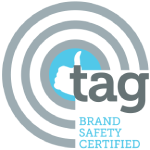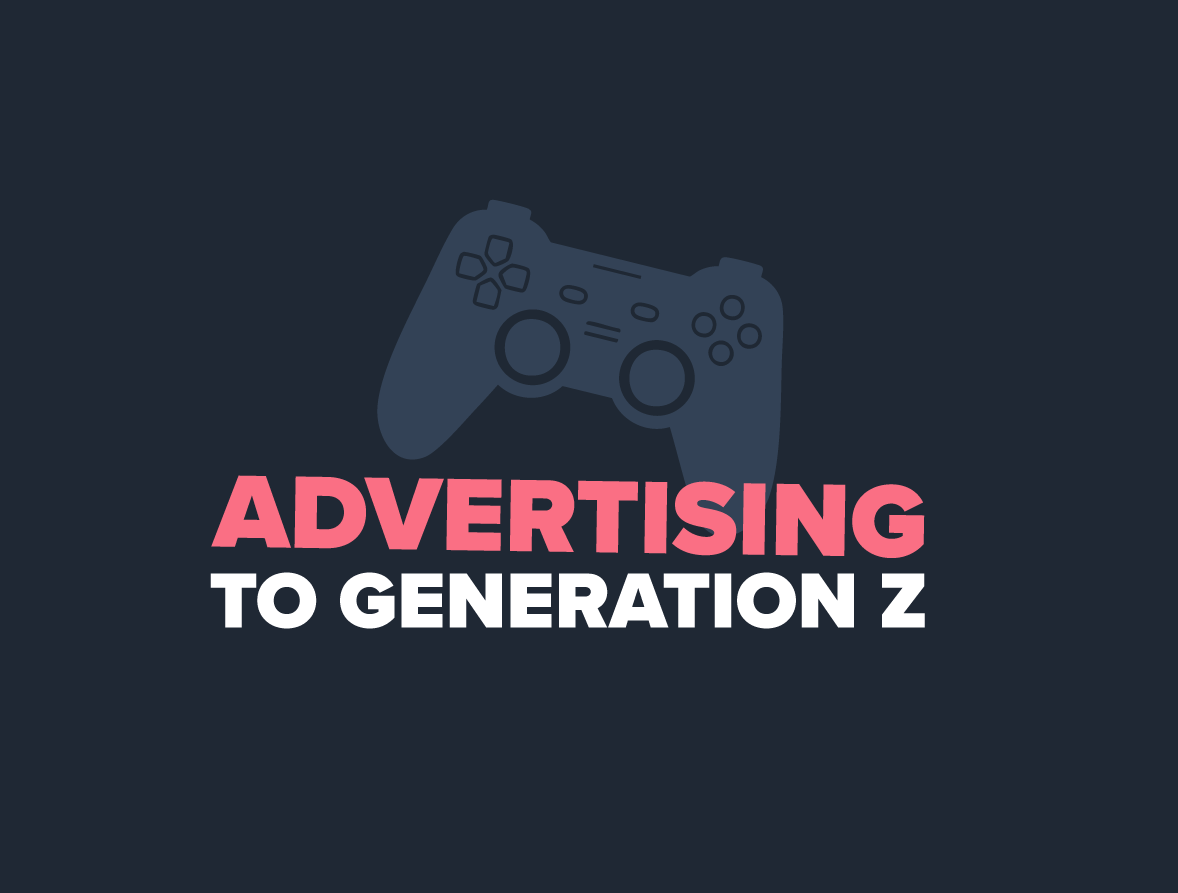When Elon Musk took over Twitter last year, he rolled out Twitter Blue, a subscription that allowed anyone who wanted a blue checkmark the opportunity to pay for it. Before Musk, a blue checkmark authenticated accounts belonging to celebrities, activists, or brands. But once it became accessible to all, impersonators started tweeting from fake, yet verified, accounts — spreading false, misleading, and inappropriate information.
This disruption — along with a steady stream of deepfakes, pranksters, and bad actors impersonating brands online over the years — reminded marketers how delicate brand safety is.

What is brand safety?
Brand safety helps you protect your reputation in the digital space and avoid advertising next to inappropriate or off-brand content.
For most brands, this means making sure ads are not posted on explicit or extremist websites next to disturbing or hateful content. But for some, this can also mean steering away from any content that promotes or references alcohol or drug use, or even political candidates or certain celebrities.
Brands that participate in programmatic advertising — buying and selling digital ads through automated processes and real-time bidding — are the most vulnerable to brand safety risks and ad fraud. But as brands and publishers continue to transition to more controlled environments, like programmatic marketing platforms and direct deals that prioritize quality over quantity, these occurrences should decrease.
64% of consumers say companies take online privacy more seriously than they used to
What are some of the dangers to brand safety?
Unfortunately, since most consumers don’t understand how ad space bidding works, they won’t know if an improper ad placement is accidental or the result of a risky bidding decision. Poor ad placements can leave a bad impression on existing or prospective customers who may even take their business elsewhere.
How can you preserve brand safety?
By incorporating the right brand safety measures, you can minimize the risk of being associated with inappropriate digital content.
Here are three brand safety best practices to consider:
Define your brand safety requirements. Though ad placement next to certain content is understood as universally unacceptable, some other areas are a bit gray, so it’s important to establish brand safety specifications that apply to you. For example, if you sell clothing embroidered with snarky humor, you may not mind your ad being placed next to an alcohol brand’s ad. But, it might bother you — and your customers — if you’re a theater company promoting a new children’s musical.
Invest in the right tech. While it’s impossible to strive for brand safety, you can adopt the right software, like cybersecurity software HUMAN, to combat it. This powerful solution prides itself on protecting your data and preventing fraud and account abuse attacks. Consider achieving the TAG Brand Safety Certified Seal as well, which helps ad buyers and sellers uphold industry-regulated standards for brand safety.

Partner with a reputable media planning and buying agency. By working with a trustworthy media planning and buying organization that specializes in programmatic and social media advertising, you can optimize your brand safety efforts. You can also create effective and measurable campaigns that will boost awareness, drive sales, and differentiate your brand.
Brand safety is a marathon, not a sprint. It’s an ongoing opportunity to ensure your consumers feel safe whenever and wherever they see your ads. If you have no idea how to start protecting your brand’s reputation, contact us here at Power Marketing. We have all the tools and insight you need to keep your customers from seeing your ads associated with egregious content.


